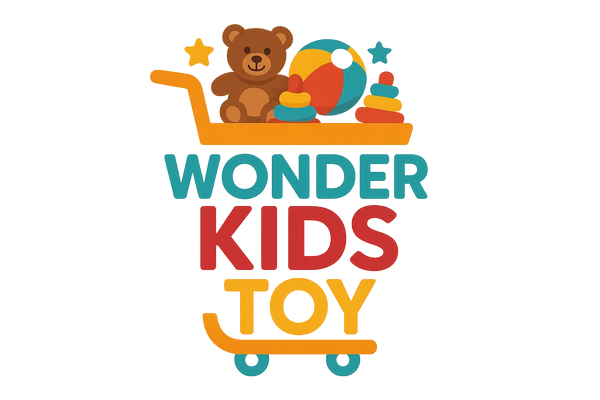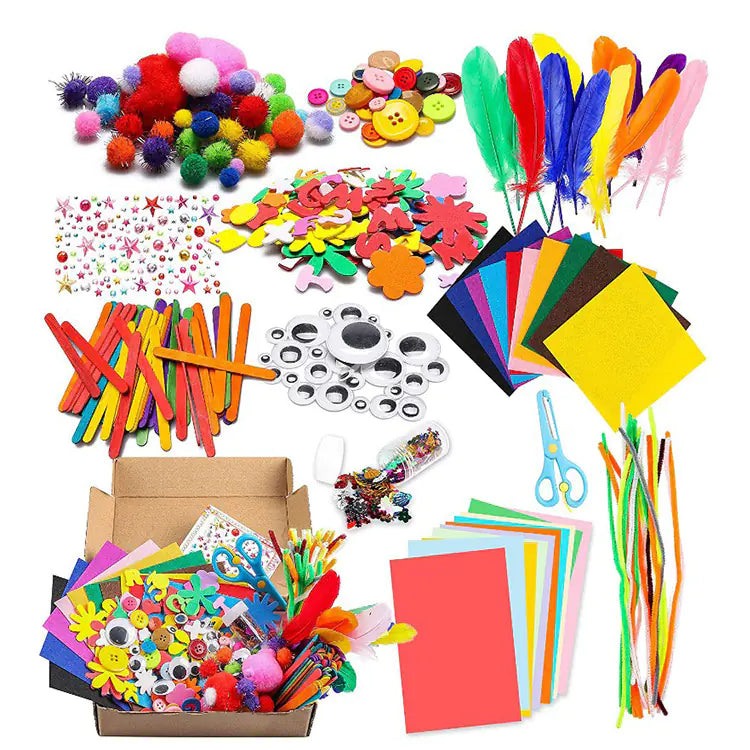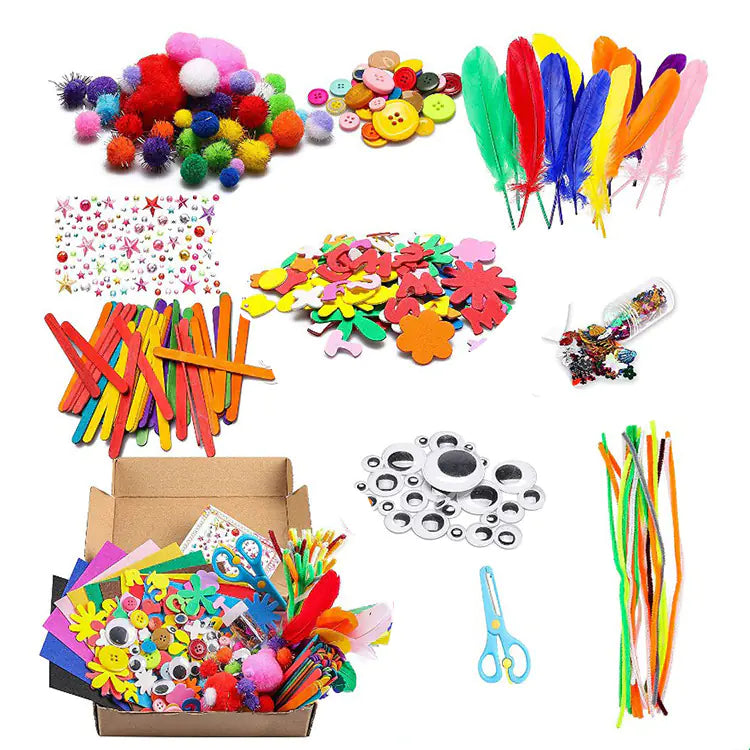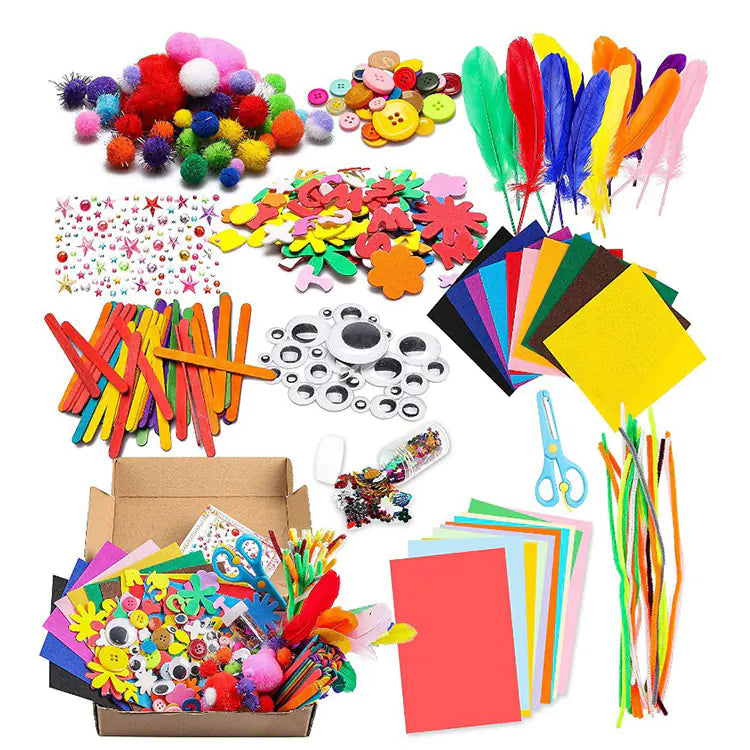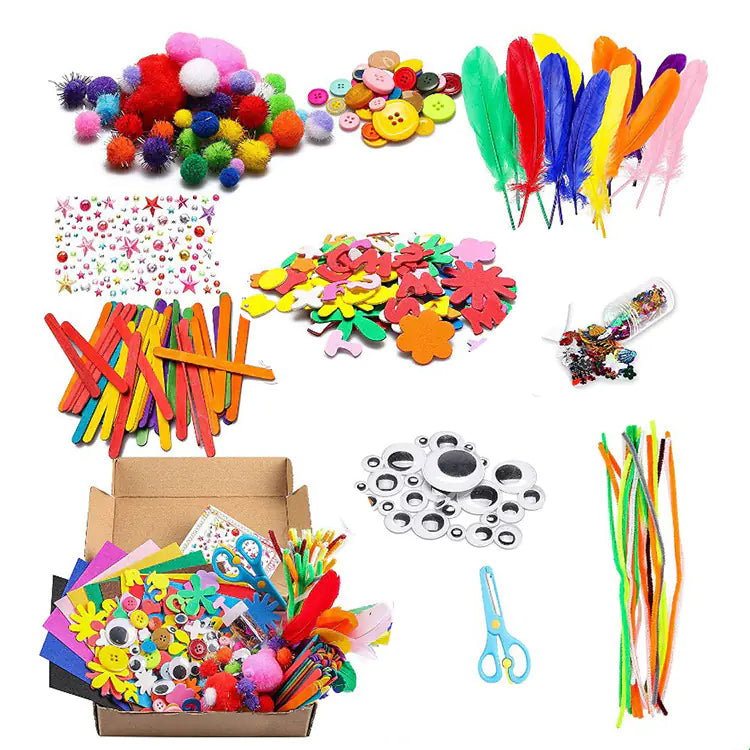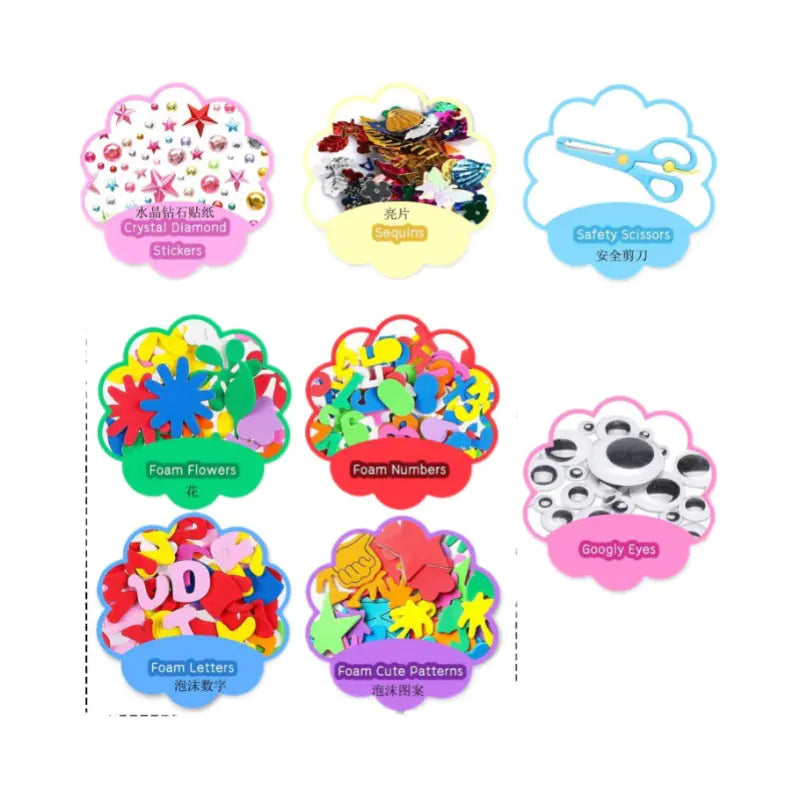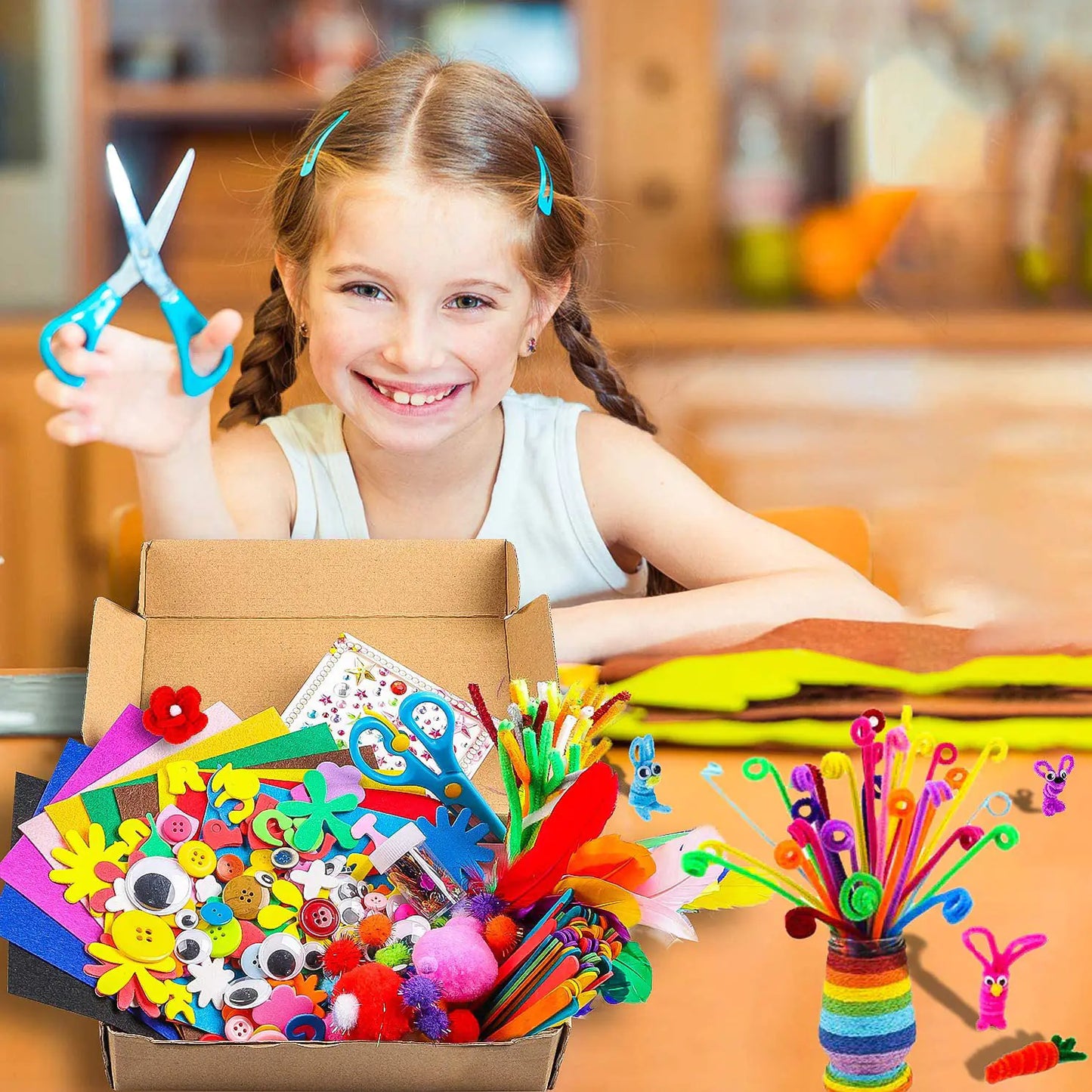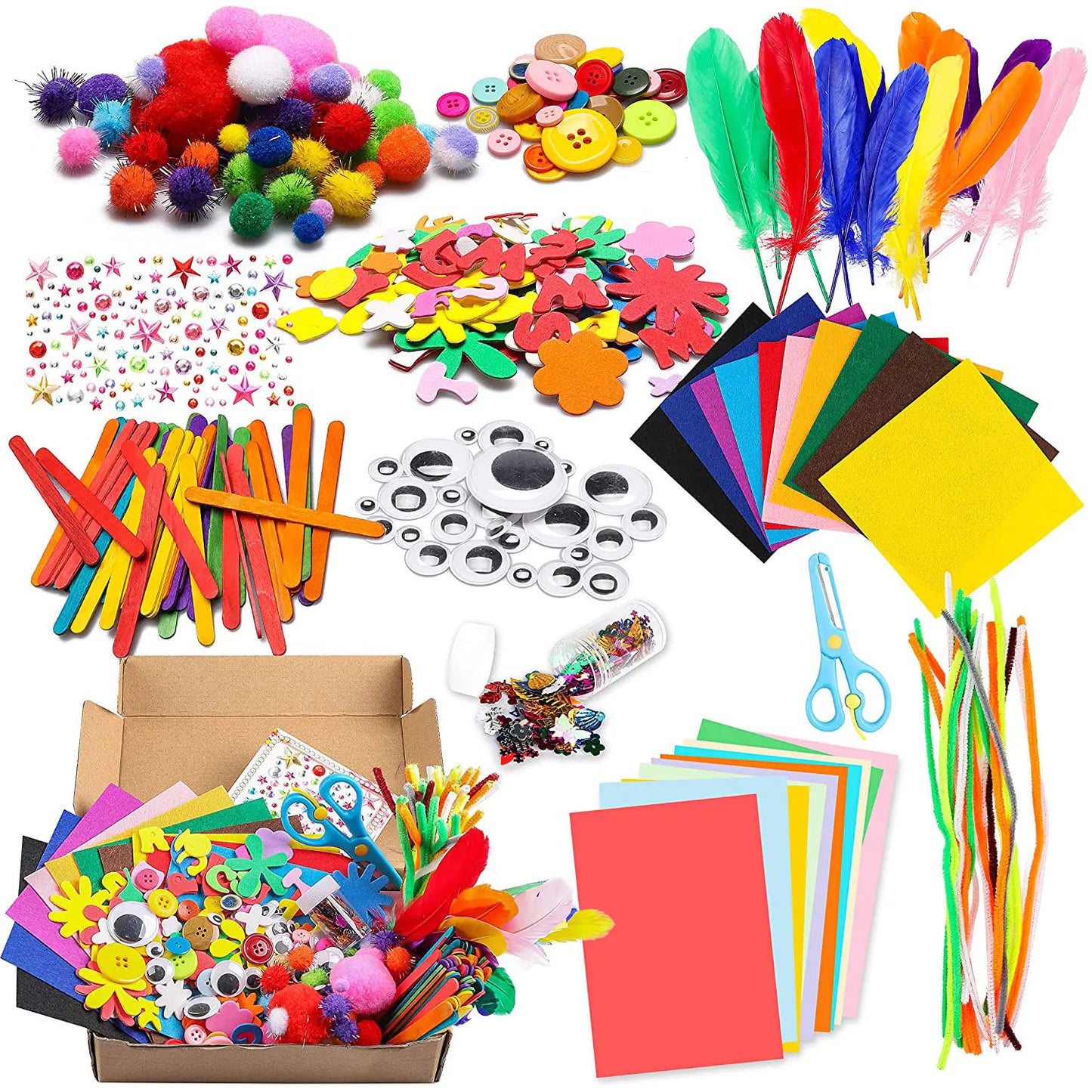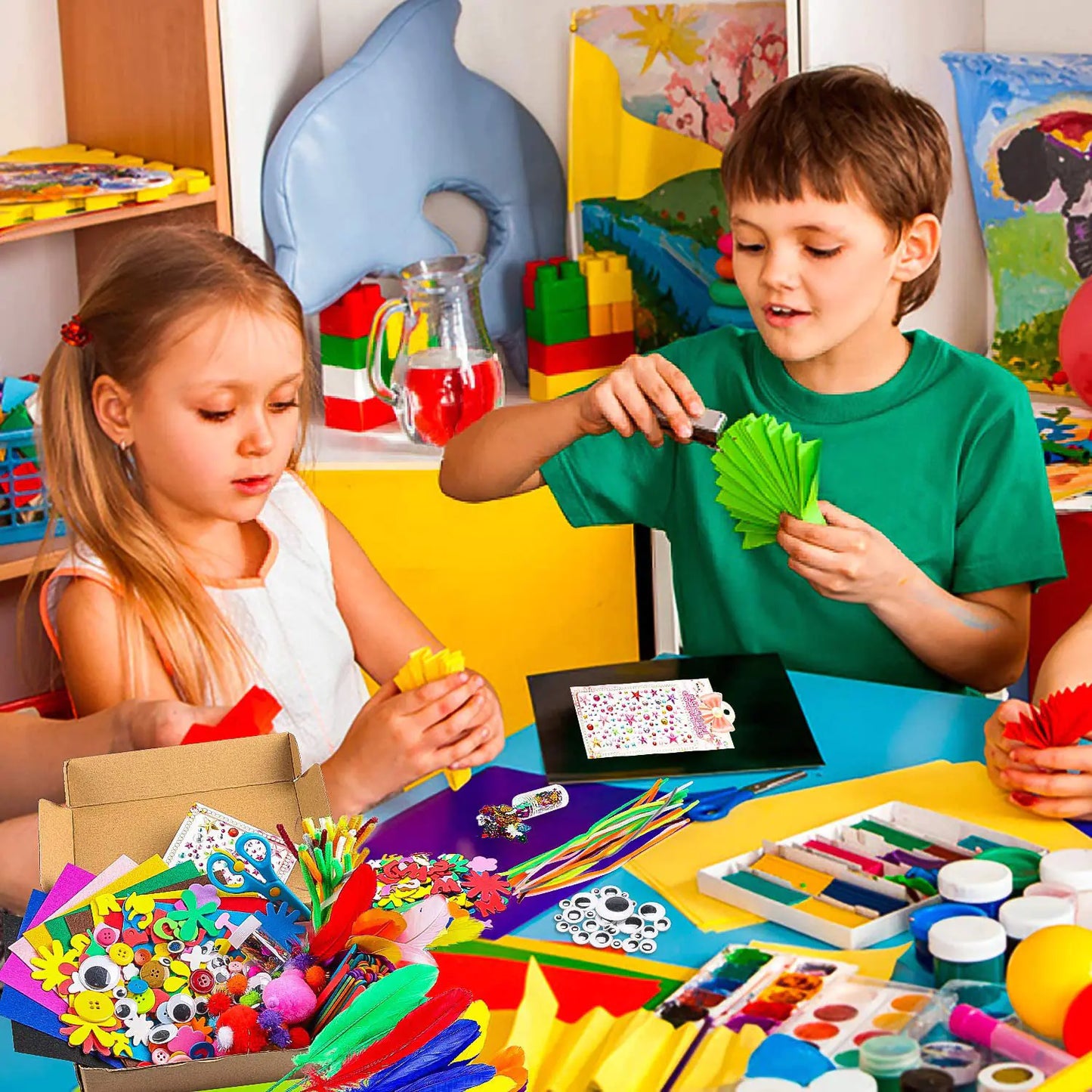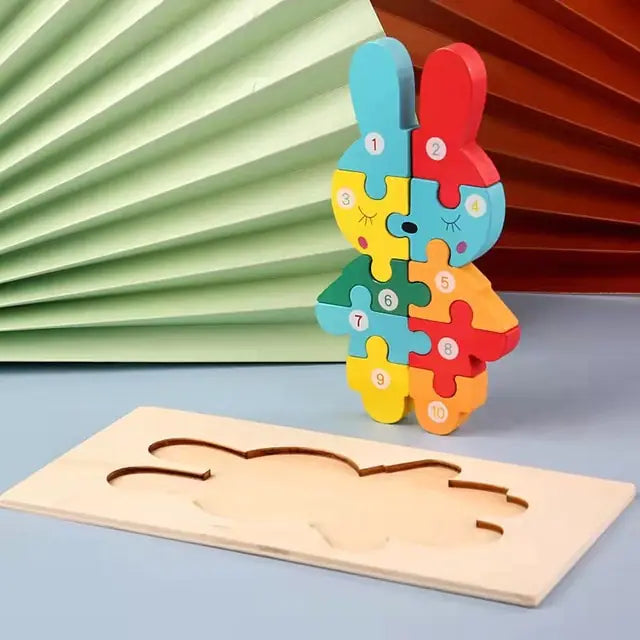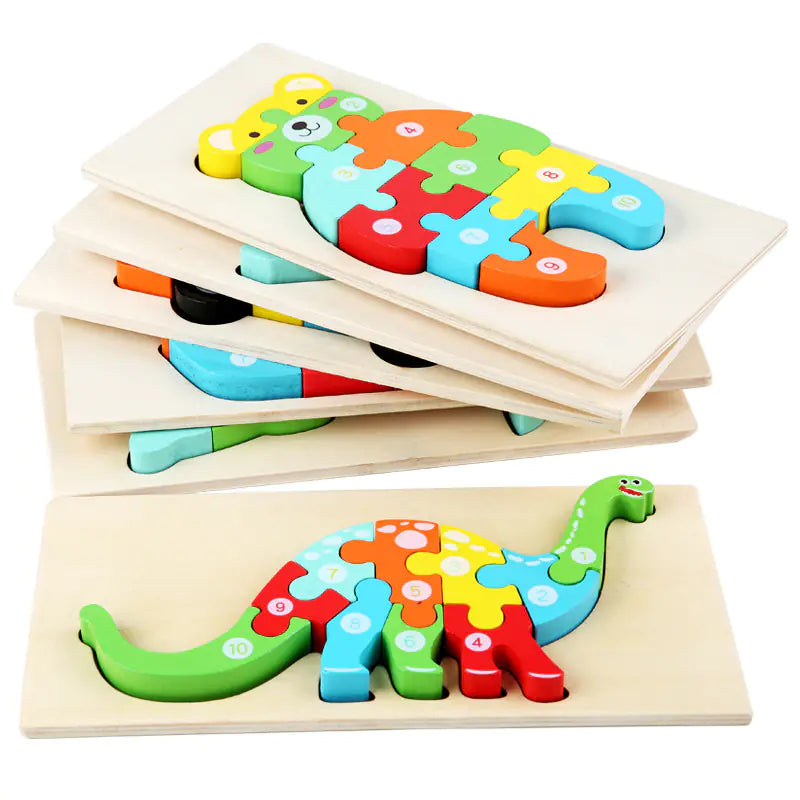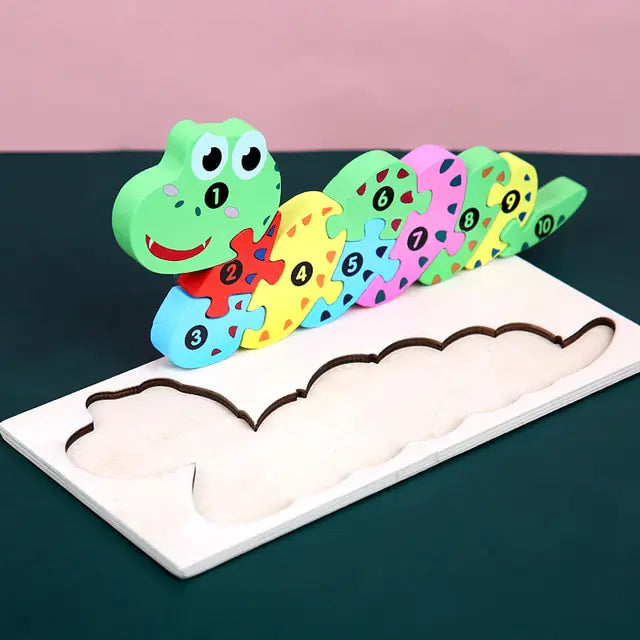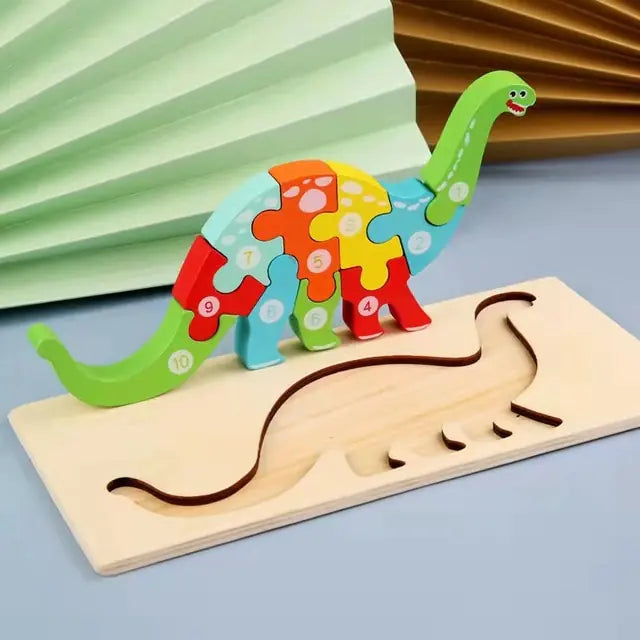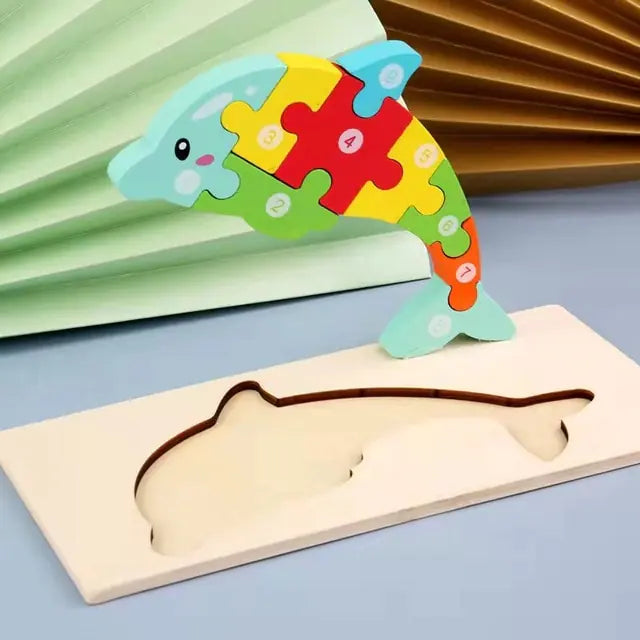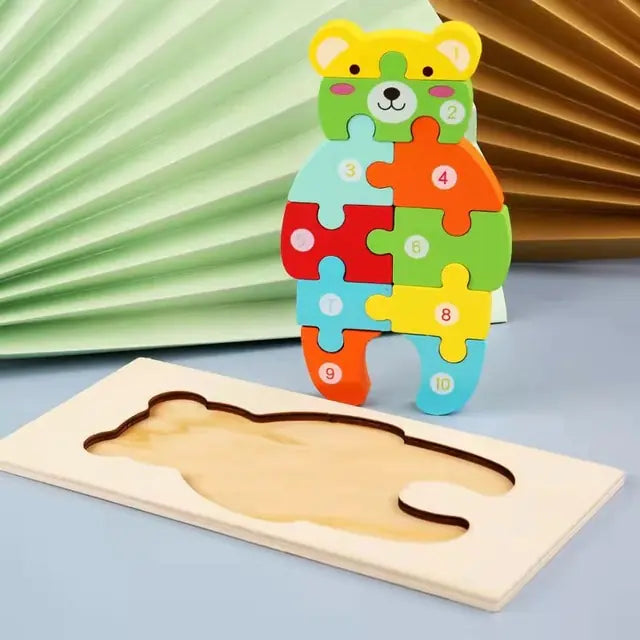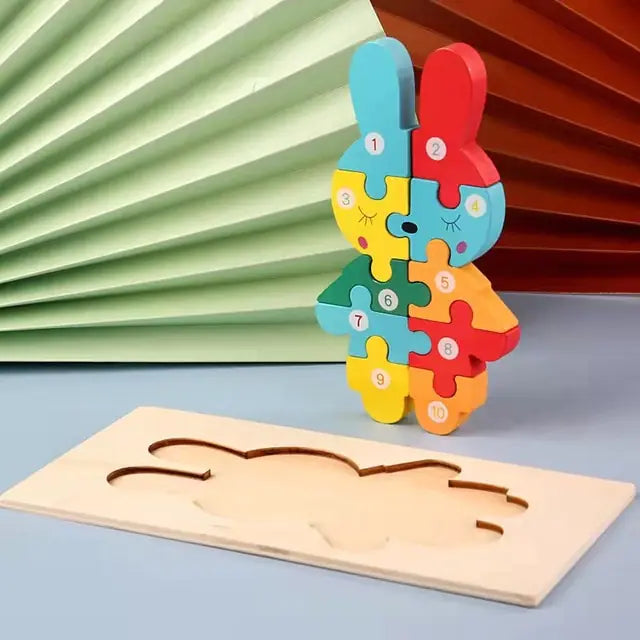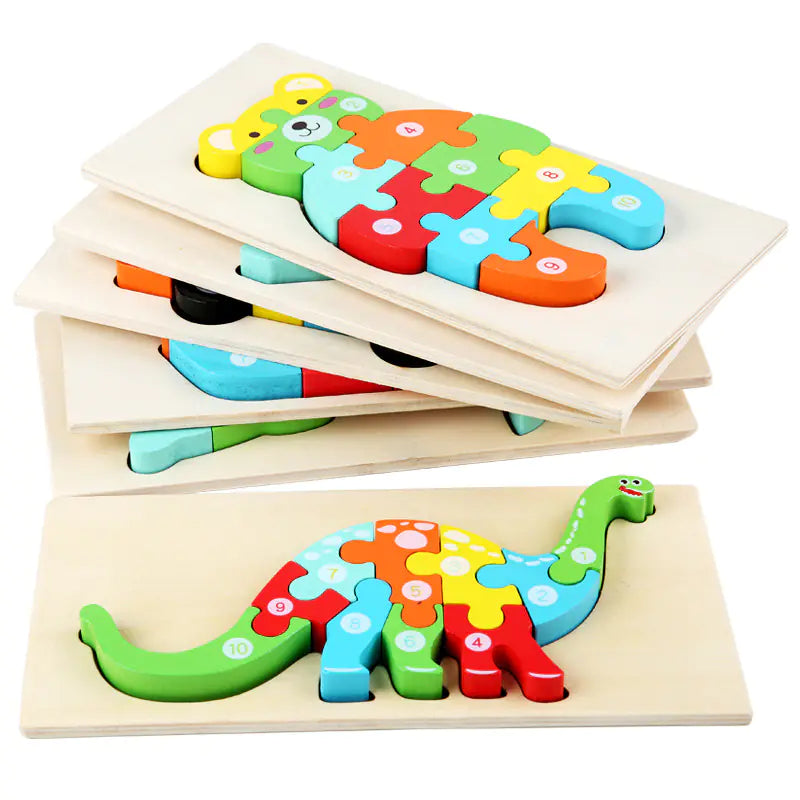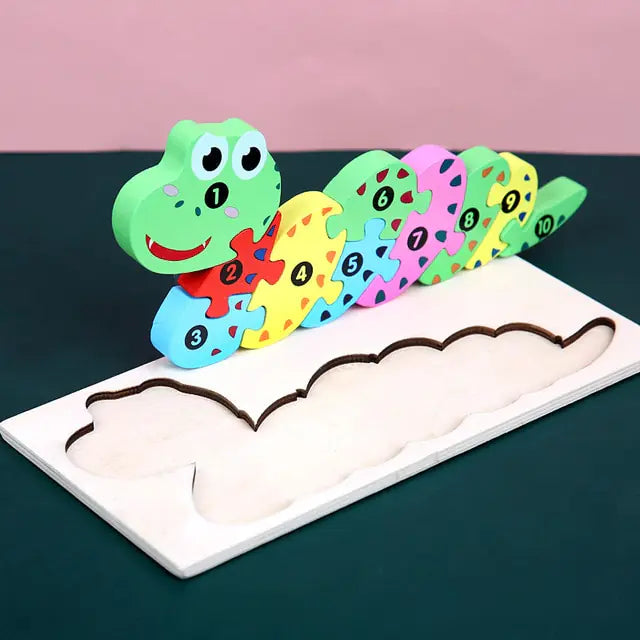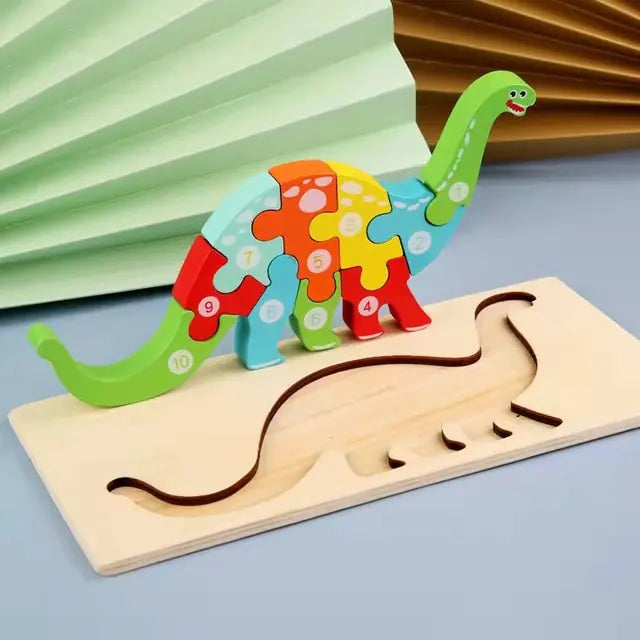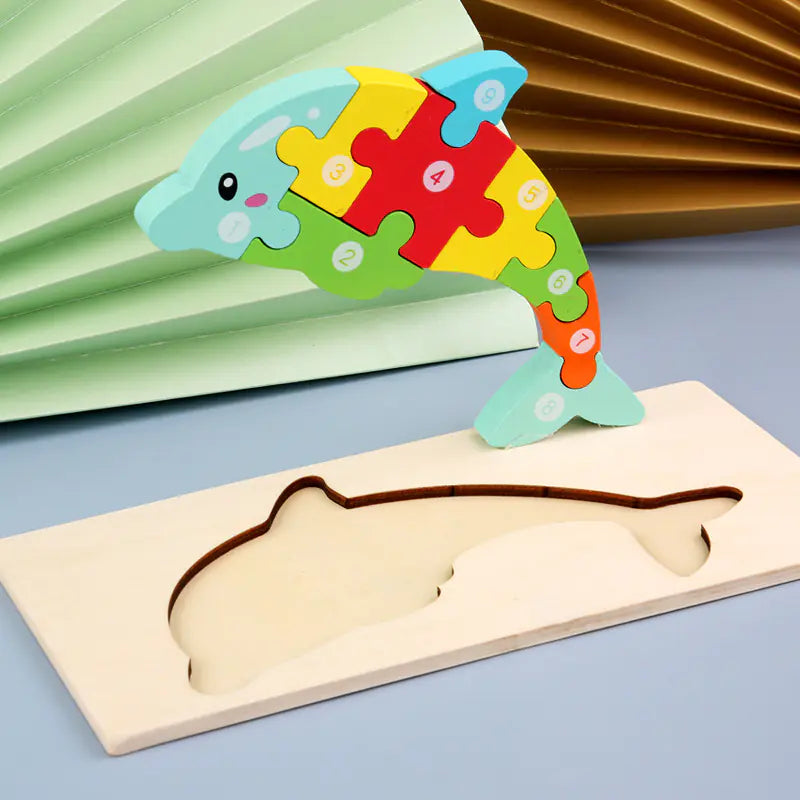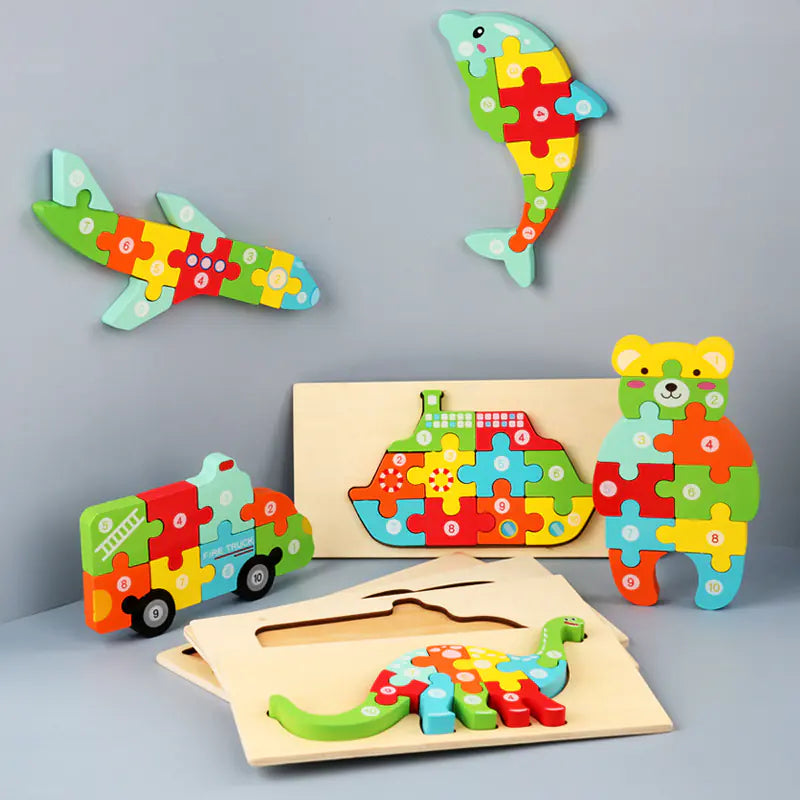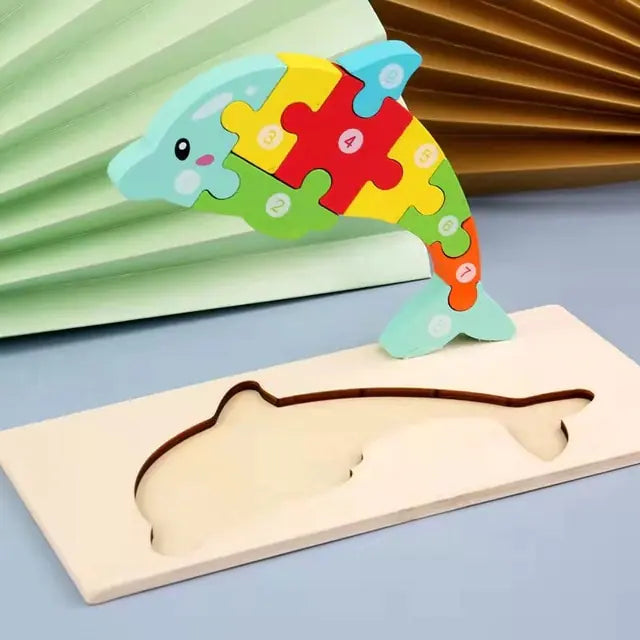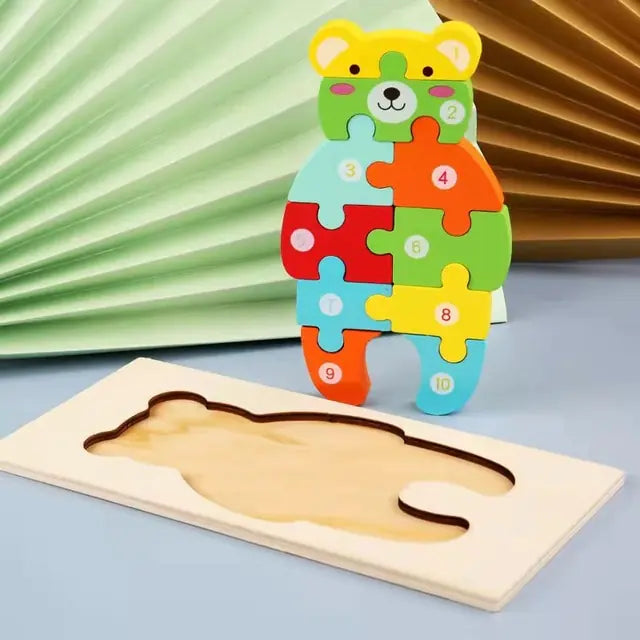STEM Toys: Benefits, Types & Selection Guide
STEM toys combine educational and entertaining play to introduce kids to important science, technology, engineering, and math concepts. STEM toys do more than entertain—they make learning fun, providing children with engaging, hands-on experiences that foster innovative thinking and critical thinking skills.
These toys offer something for every age. They can be as simple as colorful building blocks or as complex as high-tech robotics kits, giving kids of all ages and skills the power to create. Parents and educators use them to ignite curiosity and inspire a lifelong love of learning in kids.
From coding games to construction sets to science kits, STEM toys are a fun and engaging way to introduce educational play to your child. They provide resources that ignite creativity, inspiring deep exploration in the classroom or at home.
What Are STEM Toys
Definition of STEM Toys
STEM toys are fun, hands-on learning devices. These toys link playtime with educational gameplay by focusing on science, technology, engineering, and math principles. These toys open kids’ eyes to fundamental ideas and principles in these fields.
They can’t just open a box of STEM toys and sit back. Building sets – like LEGO Technic – help you learn fundamental engineering concepts. At the same time, coding kits such as Osmo Coding and Sphero robots will help you discover coding skills.
The diversity of STEM toys means there is something for every age group and ability level. For younger children, essential toys such as stacking blocks featuring numbers or shapes help lay the groundwork for early math and spatial skills.
Similarly, older children will appreciate more advanced sets, such as Arduino kits, which teach how to build circuits and code them. By incorporating both digital and physical components, learning becomes dynamic.
Hands-on experiments or app-based instructions that make the process interactive provide a superior experience and foster a real sense of achievement.
Purpose of STEM Toys
The underlying intention of STEM toys is to make education fun and engaging. By inviting the kind of exploration that spurs curiosity, they allow children to grapple with complex concepts, all while having fun.
For example, science kits focusing on volcanoes or chemistry let kids try their hand in a safe, controlled environment, feeding their curiosity. Beyond making learning fun, these toys develop essential skills such as problem-solving, critical thinking, and creativity.
Coding games, for instance, help children learn logical reasoning without even realizing it. Beyond the immediate benefit, STEM toys set kids up to be successful in the long run.
If your child has an inherent interest in creating, developing, or discovering how things work, STEM toys can help foster that interest. Start with easy STEM toys for toddlers.
As they grow, they broaden their exposure with more challenging alternatives to cultivate their decision-making toward STEM fields. Seventy percent of parents agree that STEM toys are essential to their child’s long-term success.
This misconception underscores the importance of STEM toys in promoting a lifelong love for learning.
Benefits of STEM Toys
STEM toys are not only fun; they promote a child’s development in various ways. Created to encourage learning in Science, Technology, Engineering, and Math, they provide access to proficiencies outside the school walls.
These toys provide the building blocks for academic success and help children develop creativity, critical thinking skills, and teamwork. Here’s a closer look at each of these advantages.
1. Develop Problem-Solving Skills
STEM toys benefit kids by challenging them to think on their feet. Whether they’re designing a building or writing basic code, activities challenge them to think in a structured manner to answer a problem.
A coding robot toy encourages children to problem-solve when a command doesn’t work. This process teaches them resilience and problem-solving.
These moments of trial and error are the sort of engineering challenges kids will face in the real world, instilling perseverance and problem-solving skills.
2. Foster Creativity and Imagination
Most STEM toys focus on open-ended play. Whether building blocks, circuit kits, or robotics platforms, these toys allow kids to experiment and innovate.
Whether creating unique designs or inventing new gadgets, STEM toys allow kids to immerse themselves in creativity. This creative thinking goes a long way in STEM fields, where innovation is the key to success.
3. Enhance Critical Thinking Abilities
STEM toys usually include puzzles or science experiments that must be analyzed and decided upon. A chemistry set, for example, instructs kids on the principles of cause and effect while honing their ability to make observations.
These formative experiences in inquiry and problem-solving lead to improved academic performance in STEM disciplines.
4. Support Teamwork and Collaboration
Collaborative play with STEM toys encourages peer interaction. Kids can work together on engineering projects or coding challenges, improving communication and teamwork.
These collaborative experiences reflect the realities of STEM careers, in which collective problem-solving is vital.
5. Build Confidence in Learning
Learning to master complex STEM concepts through the power of play helps build self-esteem. Plus, when kids complete a project or solve a puzzle, they feel accomplished.
This newfound confidence inspires them to explore more advanced subjects, instilling a lifetime passion for science and technology.
Types of STEM Toys
Building and Construction Sets
Building and construction sets are a traditional gateway into STEM education. These toys are wonderful for developing spatial reasoning and engineering practices. As they build new designs, children learn about balance, symmetry, and structural integrity.
Products such as wooden blocks, snap-together building bricks, and magnetic tiles allow limitless options for open-ended exploration. This moldable sand art toy lets children ages 7+ create thrilling tabletop constructions. Through their play, though, they’re getting an introduction to geology!
These sets are ideal for individual play or collaborative group activities, promoting essential STEM skills like teamwork and effective problem-solving.
Robotics and Coding Kits
Robotics and coding kits are a great way to make programming more accessible and fun. These kits focus on teaching kids the basics of electronics and mechanics through engaging hands-on building activities.
For younger children, screen-free coding toys, like programming a robot critter to do things, are interactive and entertaining. Older kids, 8 years and older, can take on even more advanced kits, such as LEGO Education’s Spike Prime. They can get started creating amazing robots and machines!
These toys stress the increasing importance of coding skills in today’s world without sacrificing hands-on learning.
Science Experiment Kits
Experiment kits make for great hands-on learning experiences, and kids will love exploring scientific concepts at home. From chemistry to biology to physics, these kits cover STEM topics and help ignite curiosity and critical thinking.
For example, one kit offers 83 experiments, so your child will never get bored. Robust safety features and parental guidance ensure that these extensive kits are right for kids who are ready to do some serious experimenting—safely.
Engineering and Mechanics Toys
Engineering games break down complicated concepts such as mechanics and physics. Construction toys that offer gears, levers, pulleys, and more allow children to create new systems and innovate solutions to real-world challenges.
These interactive gadgets introduce kids to key ideas such as movement and force, building their understanding of engineering concepts from a young age.
Math and Logic Games
Math games turn practicing math skills into a fun experience. Toys that involve puzzles, strategy-based games, or logic challenges help develop critical thinking and problem-solving skills.
For instance, marble-powered computers teach kids as young as 3 years old the fundamentals of coding. Their exciting designs promote the necessary STEM skills needed for your child’s future education and career while providing hours of entertainment for individual and team play.
Choosing the Right STEM Toys
Consider Age-Appropriate Options
Selecting toys that match a child’s age and maturity level is crucial for keeping them engaged and excited about learning. Younger children, for instance, may benefit from simple STEM toys like building blocks or puzzles that develop fundamental problem-solving skills.
In contrast, older kids can handle more complex sets like Lego Education’s Spike Prime, which allows them to build and program robots. Manufacturers often include age recommendations on packaging, but it’s equally important for parents to evaluate their child's readiness.
A toy that's too advanced might frustrate them, while one that's too simple could lose their interest. Toys like Vicky Fang’s AlphaBot, a flap-flipping book designed for kids aged 4 to 10, can bridge these gaps by offering age-specific challenges.
Match Toys to Interests and Hobbies
Selecting toys that match your child’s interests engages them and creates a more fun and engaging learning experience. For example, a child interested in space would enjoy a DIY rocket kit.
At the same time, those who worship outdoors can explore STEM gardening kits. Talking about your interests and hobbies with your child can help reveal what interests them the most.
Exploring different themes, such as coding, robotics, or engineering, can expand students' interests and introduce them to new passions.
Focus on Developmental Needs
Each child has strengths and areas to grow, and STEM toys can help with that. Construction sets or magnetic tiles are great options for children developing fine motor skills.
From better cognitive skills to improved problem-solving abilities, coding games or robotics kits would be perfect for cognitive skill-building. Parents need to find STEM toys that challenge kids just enough without frustration.
Striking this balance helps ensure that learning is still fun and, most importantly, rewarding.
Look for Educational Value
STEM toys must be curated to provide genuinely beneficial education, not just fun. Tactile and interactive toys help kids engage actively, which research shows helps kids learn more quickly and remember the information longer.
For example, a robotics kit might introduce children to coding principles while encouraging them to think critically and solve problems. Before buying, do some homework to determine how a particular toy fits your overall learning goals.
Whether it’s fostering engineering skills or critical thinking, the best educational toys deliver lasting educational benefits. This prepares kids for tomorrow’s STEM careers – one of the most booming fields.
Ensure Safety and Durability
Safety is a deal breaker when it comes to buying toys for children. Choose toys that have received safety certification and are made from non-toxic materials.
Durable STEM toys are also important because they can withstand the tough play of active kids. From the blog post "6 Ways to Make Sure Your Kid’s Toys Are Safe," regularly check toys for hazards.
Options such as Spike Prime provide durable builds while providing students with tactile, hands-on learning experiences.
Age-Appropriate STEM Toys
Selecting age-appropriate STEM toys is essential to fostering a fun and impactful learning environment. Younger kids do best when they’re playing with fundamental toys that introduce them to core concepts, and older children learn best when they are challenged to think critically by using more advanced tools.
STEM toys are designed to develop with children, suiting their needs through developmental stages and changing interests. This adaptability inspires kids to keep experimenting, learning turns playful, and the results are powerful! Beginning young with interactive, sensory-rich toys creates a solid foundation for all-important problem-solving skills.
Cultivating these skills is essential for developing the creativity needed to excel in STEM careers.
STEM Toys for Toddlers and Preschoolers
For toddlers, engaging toys such as shape sorters, stacking blocks, or water-play kits encourage exploration and discovery through touch and movement. These toys teach foundational concepts from shapes and colors to cause-and-effect, all through play.
Parental engagement enhances the experience, helping young children make real-world connections to their play. Toys like magnetic tiles or basic engineering kits inspire open-ended play, encouraging creativity and early STEM skills.
STEM Toys for Elementary School Children
STEM toys for elementary-aged children should be fun yet challenging. Science kits, beginner coding robots, and build-your-own kits are some of the best toys available.
These toys expand on prior skills, teaching kids more advanced concepts such as coding, basic engineering, and experimentation. Choices such as Snap Circuits or LEGO Technic appeal to various interests while making learning hands-on, fun, and engaging.
STEM Toys for Preteens and Teenagers
Big kids are best served by more complex STEM toys that promote further investigation. They can create robots, learn to code games with Scratch, or even write code in Python.
These toys help children get a head start in STEM fields. They spark the more targeted passions of robotics, coding, etc. The biggest lessons are problem-solving and independence, which gives kids a head start in STEM careers.
Encouraging Interest in STEM Learning
Create a Fun Learning Environment
Creating a positive environment for learning at home can encourage kids to dive deeper into STEM. Parents can start the adventure by designating a space in their home for STEM exploration. Stuff it with fun STEM tools like building blocks, magnifying glasses, and a small telescope!
Adding colorful, eye-catching, interactive materials can spark curiosity and imagination. For instance, an electronic circuit kit is a great way to engage kids with electricity fundamentals. Whether it’s a fun puzzle challenge or building a structure in Legos, games and challenges take the pressure off and make learning fun.
Nothing builds confidence in kids like positive reinforcement. Acknowledging their hard work and incremental progress inspires them to do the challenging work.
Introduce Hands-On Activities
Hands-on projects allow kids to tinker and learn through trial and error. You can make a volcano with baking soda and vinegar to teach about chemical reactions. Or, to learn about the fundamentals of structural engineering, create a bridge out of craft sticks.
These tactile experiences help reinforce those lessons and make them stick. Giving kids the materials to create something, such as coding a small robot, will motivate them to explore their creativity.
Experiences in the field, such as these increase comprehension by linking theoretical concepts to practical uses. They inspire kids with real-world examples of how to tackle challenges.
Encourage Curiosity Through Exploration
Exploration is at the heart of cultivating a passion for STEM. Parents can help develop this curiosity by encouraging questions and assisting the kids to find answers. Activities in the outdoors, such as looking at a flower or following a constellation, bring authenticity to STEM learning.
Giving kids the space to discover independently, whether tinkering with a new STEM toy or playing in Minecraft’s creative mode, encourages that intrinsic motivation. Exploration is about serendipity—finding the unexpected helps make ordinary moments extraordinary learning experiences.
Engaging STEM Activities for Kids
Simple Construction Challenges
Engaging, simple construction activities provide the perfect outlet for young minds to explore their imaginations while honing their skills as clever problem solvers. You can begin with open-ended magnetic kits like Clixo, with colorful, flexible tiles that click and connect. These molds enable children to create three-dimensional forms, ranging from geometric patterns to creative fantasies.
Challenges involve building the tallest tower, building a bridge, or designing a new type of car. To keep the activity motivating, set a specific goal. For instance, get people to see who can build a sturdy structure to support a small book! These challenges not only push kids academically but also encourage collaboration.
If brothers, sisters, or buddies participate in your contest, prompt them to have a few design-planning meetings before starting LEGO-ing. Kids 8 and up discover their inner engineers as they build and program their robots. They can accomplish this with the help of Lego Education’s Spike Prime set, which merges construction and coding to the next level.
It’s not hard to scale activities down for younger ages. Assign less challenging work to younger youth and more demanding tasks to older youth. When parents participate, their actions are given a new level of importance. Collaborative problem-solving increases familial attachment as it helps children feel understood and supported.
It further highlights the importance of STEM learning outside the classroom, fostering STEM literacy organically throughout everyday life.
Fun Coding Projects for Beginners
Coding may initially seem intimidating, but beginner-friendly projects with visual coding languages such as Scratch are a great way to introduce coding to kids. Scratch, built into the Spike Prime set, uses a drag-and-drop block system to introduce kids to programming concepts. A fun introductory project might be an animated tale or a simple game where players move an avatar across the screen.
Kids can test their hypotheses by altering speed or color, instantly seeing how these changes impact their program. Online resources such as Code.org and Tynker provide free lessons created explicitly for kids. These platforms take kids step by step through structured interactive lessons while pushing them to experiment with their own ideas.
Parents can help by asking questions like, “What if you changed this line of code?” This hands-on, minds-on approach encourages their curiosity and critical thinking. Tools like Osmo further interactivity by turning real-world movements into on-screen outcomes.
This ties coding to real-world experiences, providing deeper engagement. By being introduced to coding at a young age, kids will have the confidence and understanding of a skill vital in our technology-focused world.
Science Experiments with Everyday Items
Fantastic science experiments don’t have to be high-tech—these DIY science experiments can all be done using items you have around the house. Combining baking soda and vinegar is an exciting method to blow up a balloon. Or you can make a mini lava lamp home with oil, water, and food coloring! These activities are easy to implement and introduce key concepts such as chemical reactions or density.
The goal is to make science accessible and relevant. Allowing kids to watch a balloon fill up with gas they created turns a complex, abstract concept into something they can see and touch. Have kids journal their experiments, detailing what was successful and what failed. Sharing these findings with family and friends is a great way to engage others and build a greater understanding.
These smaller experiments always orbit around more significant questions. For example, what makes oil float on water? Connected curiosity is the first step toward scientific inquiry and discovery. When kids incorporate such experiments into their daily lives, they begin to cultivate a greater awareness of the role of science all around them.
Parents can do so much to help actively guide conversations and celebrate each new find. In the process, they help drive home the point that learning can be enjoyable and fulfilling, too!
STEM toys combine learning and play in a way that feels organic and fun for children. They inspire wonder, cultivate critical-thinking skills, and break down complicated concepts. These toys, from coding kits to science experiments, are designed to encourage kids’ curiosity. They allow kids to experiment with different pursuits and develop skills they’ll use for life. Choosing an appropriate toy involves considering your child’s age level, interests, and what skills you’d like to help them develop. It’s all about striking the right balance between engaging and instructive.
STEM toys are more than just the latest trend—they’re equipping kids with the skills they need to succeed. Give them a bit, make it regular, and see their confidence blossom. Go beyond just one toy, experiment with new ideas, and allow your child to learn fun and engagingly.
Frequently Asked Questions
What are STEM toys?
Educational STEM toys are interactive playthings designed to teach kids about Science, Technology, Engineering, and Math concepts. They foster STEM learning through hands-on, engaging experiences that encourage children to build problem-solving, critical thinking, and creativity skills.
At what age can kids start using STEM toys?
Choose age-appropriate toys. Age-appropriate toys are suited to your child’s developmental stage and are more likely to be safe and engaging.
How do STEM toys benefit children?
STEM toys stimulate curiosity, teach critical thinking, and increase creativity. They also instill confidence in children that they’re capable in STEM subjects, setting them up to succeed in further education and eventually their careers.
What are examples of STEM toys?
The quality of these products varies widely, ranging from coding robots to building blocks to science and engineering kits. Well-known brands such as LEGO Education, Snap Circuits, and Osmo provide popular STEM-centered toys.
How do I choose the right STEM toy for my child?
Take into account your child’s age, interests, and skill level. Choose toys that push them to learn but don’t frustrate them, and make sure the toys fit with what they hope to learn.
Can STEM toys encourage interest in STEM careers?
Of course, STEM toys can help foster creativity and curiosity in developing minds. They provide a strong foundation for STEM learning down the road, motivating children to pursue amazing careers in disciplines such as robotics, engineering, or computer science.
What are engaging STEM activities for kids?
Get hands-on with activities such as building a simple circuit, creating code using beginner-friendly apps, or exploring cool science experiments at home. These hands-on activities help STEM learning be fun and engaging.
